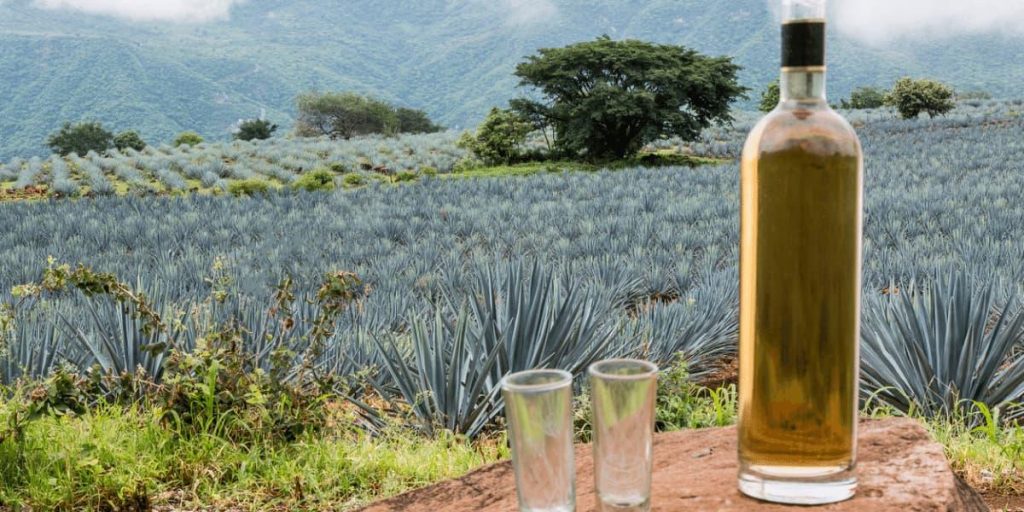TTB Classification: What is Agave Spirit vs Tequila vs Mezcal

Everyone has at least heard of tequila, Mexico’s most famous distilled spirit but there’s more to the world of agave spirits than just this single expression. Mezcal and the far more general “agave spirit” category are now recognized by the Tax and Trade Bureau (TTB) and have opened up the category for new entrants.
Agave Spirits are a newer category officially recognized by the TTB on May 4, 2020, when the rule update went into effect. The ruling also defined mezcal as its own identity whereas before only tequila was recognized under the previous rules. Anything that is not considered tequila or mezcal falls under the Agave Spirit category. Both Tequila and Mezcal must be made in Mexico according to Mexican laws and regulations to be recognized as such by the TTB. This means that any agave spirit made in the US must fall under the catch-all category.
Differences Between Agave Spirit vs Tequila vs Mezcal
There are some significant differences between tequila and mezcal and something to keep in mind is that all tequila is mezcal but not all mezcal is tequila and they’re both agave spirits. Tequila and mezcal hail from different regions in Mexico, the creatively named tequila region includes the states of Guanajuato, Jalisco, Michoacán, Nayarit, and Tamaulipas where mezcal can legally come from anywhere in Mexico. The differences go far beyond a geographical separation and the two spirits having different production methods. The processes used to release the sugars in the agave pina vary, Tequilas are usually steamed and Mezcal is traditionally smoked or roasted. This gives mezcal its distinctive smokey flavor and sets it apart from tequila. Tequila must also be made with 51% blue weber agave whereas mezcal can be made with a wide variety of agave.
Agave spirits are a separate class all on their own according to the TTB. In order to classify as an agave spirit, the mash must include at least 51% agave of any species and distilled to less than 95% alcohol by volume and bottled at or above 40% alcohol by volume. Aside from that, there are a lot of liberties in the category and there’s a lot of room to be creative. Aging, blending, flavoring, and coloring are all allowed in this class of spirit so there’s a lot of room to develop a unique brand identity in this class.
This new TTB ruling gives agave-based spirits some solid clarifications for tequila and mezcal but the agave spirit catch-all is still the wild west. At least these agave expressions have a more solid home now and hopefully, this will help the increasingly popular mezcal cement its identity with consumers. Overall this is a step in the right direction and perhaps more types of agave spirits will be added in the future. Sotol seems to be gaining a good bit of interest so maybe that’s what’s next. What’s your favorite agave spirit? Write a comment below or give us a call at 561-845-8009 to let us know!